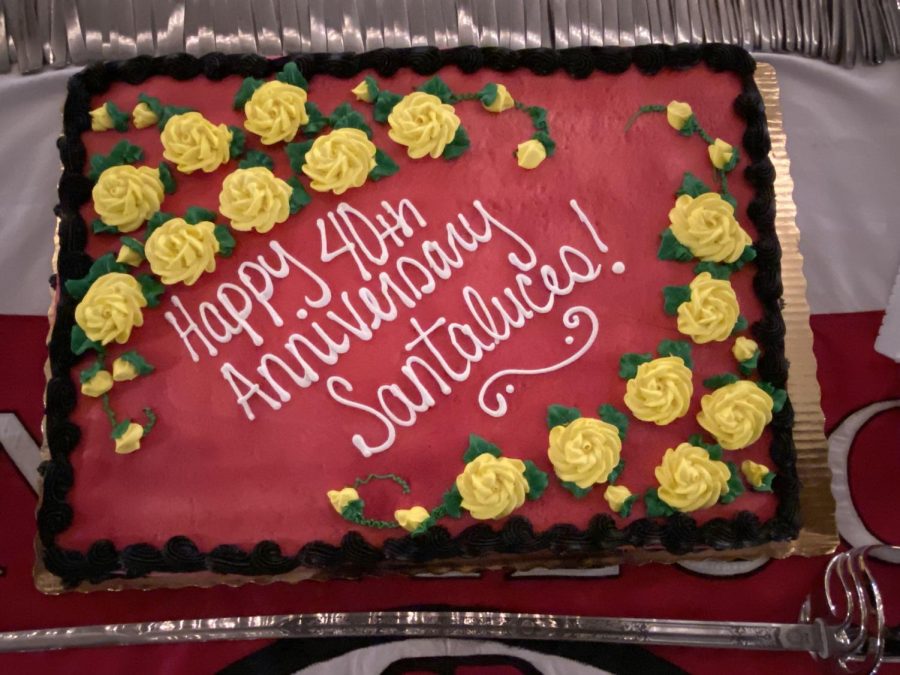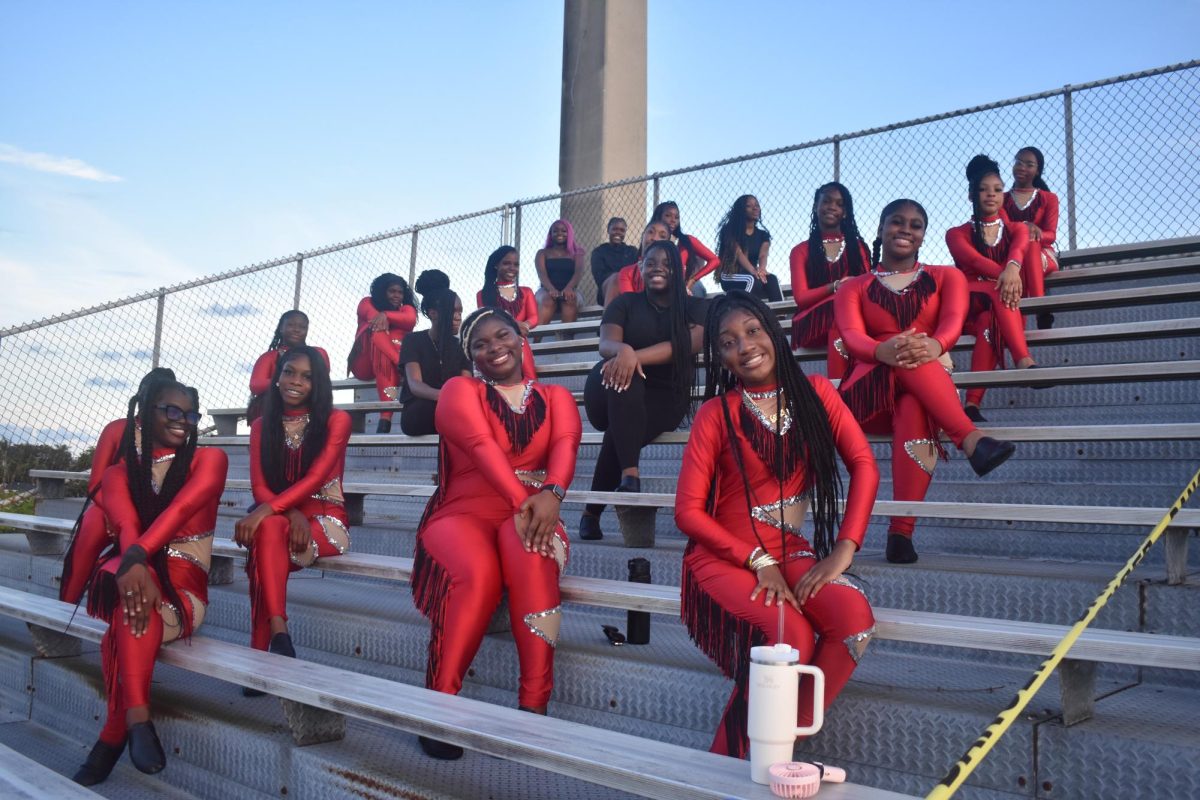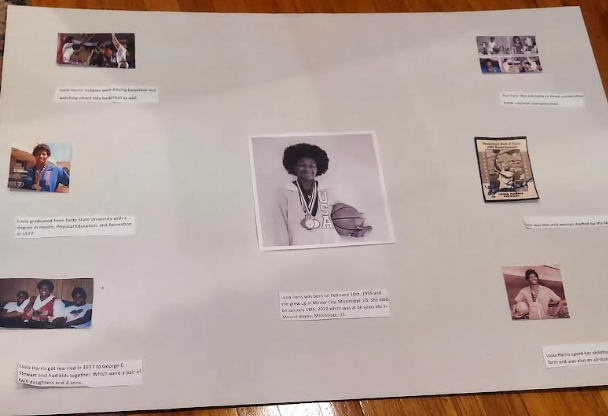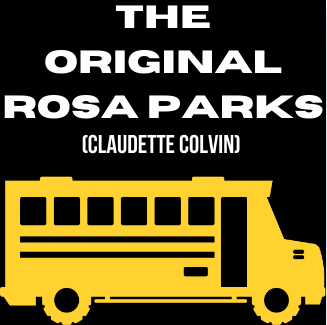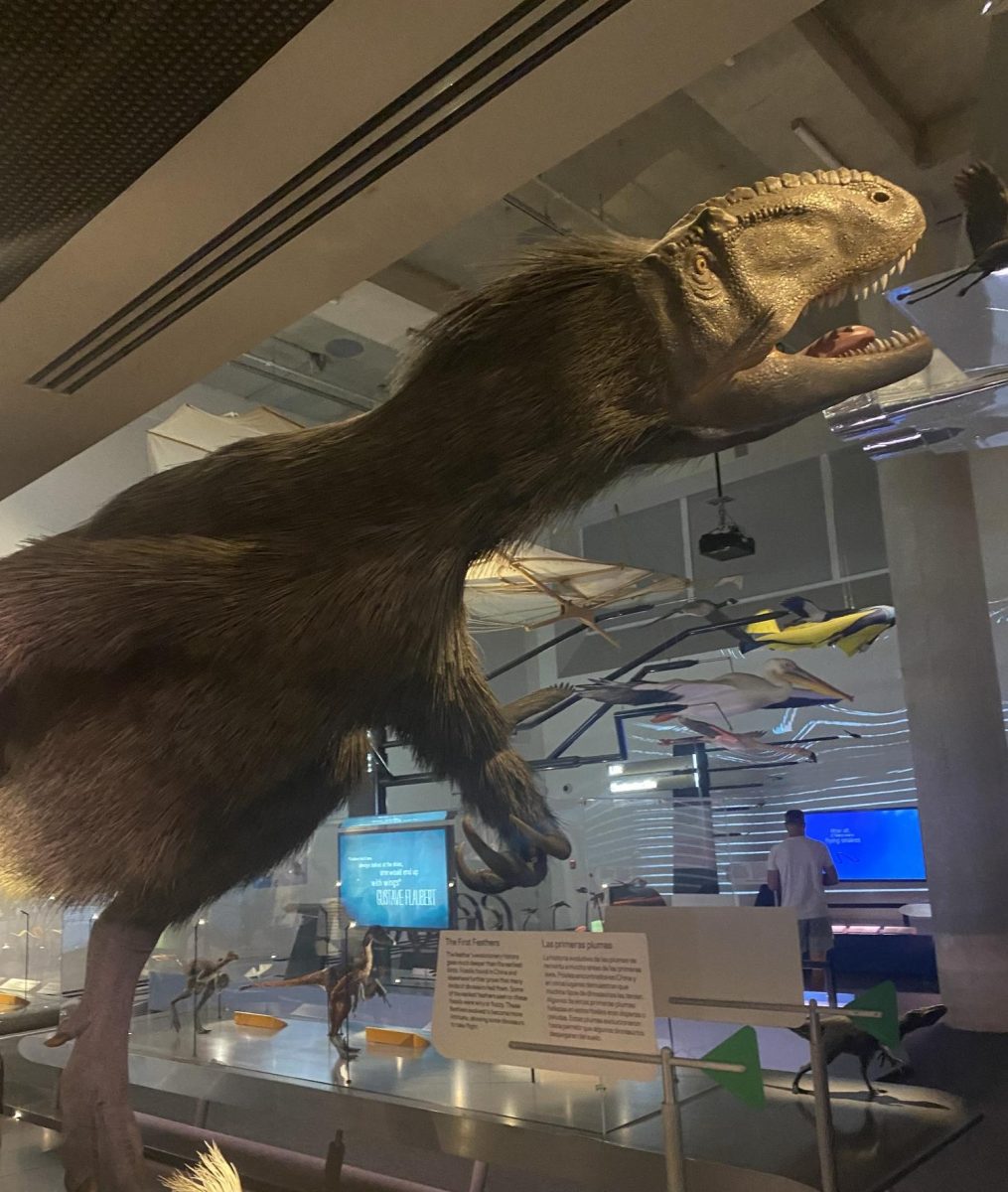The Military Ball here at Santaluces Community High School is an annual and social event that allows JROTC members and their chosen guests to enjoy a formal, exquisite, evening together upon Military Tradition. Every year since the program has been opened, back in 2013, Santaluces has held its venue at The American Country Club which is also the same place Oktoberfest is held.
The Military Ball starts at 1800 in military time or 6:00 PM in civilian time and ends at 2300 (11:00 PM). Some cadets arrive as early as 1700 (5:00 PM) in order to meet up and converse with their fellow subordinates. The event is extremely formal, having a specific dress code for males and females. For males, they have to wear their JROTC Class A uniform, while also following the JROTC grooming standards. This includes; clipped nails, no facial hair, no piercings, and hair length not exceeding past their eyebrows. However, for females, it is more lenient. Females have two choices of formal attire, they can either wear their JROTC Class A uniform or they are able to wear a dress that is knee length or longer. Females, just like males, must also follow the JROTC grooming standards. Jeans and sneakers are not allowed.
The ball starts with all of the cadets and their guests coming through the reception line at the entrance of the building, greeting all of the important people that were able to make this magnificent event possible. In this line, you get to shake hands with 1SG (First Sergeant) Lemeley, SGM (Sergeant Major) Barlow, LTC (Lieutenant Colonel) Stone, our principal Mrs. Tameka Robinson, and some of the staff members that also helped plan out this event. Once you have shaken hands and are greeted by all of these people, you proceed to find where your place card is stationed, and sit. Once everyone has been seated in their designated area, The Mess begins.
The root word mess is the old french mes, “portion of food” drawn from the Latin verb mittere, meaning “to send” and “to put” the original sense is “a course of a meal put on the table”: to bring. This sense of mess, which appeared in English in the 13th century, was often used for cooked or liquid dishes in particular, as in the “mess of porridge”. (This comes from the pamphlet at the Military Ball)
The Mess begins with the LTC Stone speaking about the origin and history of Santaluces, bringing recognition and thanks to The Tribe and the Native Americans who once lived here. LTC Stone also makes sure to bring appreciation to our amazing principal Mrs. Tameka Robinson because without her none of this would have been possible. After this, the cadets must recite their JROTC Army Cadet Creed and sing the army song that is projected on a big screen in front of the venue, with the guests joining along if they would like.
Next, LTC Stone and Mister Vice, a fellow JROTC cadet that is chosen to sit in front of the venue and speak for all the cadets, do a little skit that incorporates LTC Stone and Mister Vice going back and forth making sure everything is up to the finest standard and liking. Mister Vice is the one who tries the food and the drinks before anyone else does, ensuring that the cadets and guests know that the food is safe, edible, and delicious. This is in combination with the cheers given to honor the JROTC program and the Army corps. Once this is all over each table is called individually to get up and grab their meal of choice of either German Schnitzel or Baked Chicken, and eat.
The german schnitzel is the way to go.
After the cadets and their guests have finished their meals, an award ceremony takes place for all cadets. This is planned out according to each cadet’s LET level, starting from LET 1’s to LET 4’s receiving their awards. This allows each cadet to be individually recognized for their outstanding leadership positions and involvement with the program. The Mass then conducts ROTC’s annual cake-cutting ceremony that initiates each year of the JROTC academy being around. However, there is a catch to the cutting of the cake, none of the instructors nor the principal cut the cake, it must be the youngest cadet and the oldest cadet. This is because it signifies the passing of experience and knowledge from the old to the new.
Once all of the formal activities are finished it is time for these highly motivated, dedicated, and downright educated cadets to break down into their wild and groovy moves. Songs are recommended by staff or can be told to the DJ himself or herself.
One of our cadets stated that “Even though some of the things were flipped around making it a little different from last year, it turned out to be amazing.” While another cadet states, “It started a little late, but it was worth it.”
I am extremely thankful to be in a program like this and to have such great instructors who are willing to teach you and make sacrifices in order to help you become a better person, student, and friend.
Additional Information About The Army Junior ROTC course:
The Army Reserve Officers Training Corps program or in shorter terms “The Army JROTC” began over a hundred years ago with President Woodrow Wilson signing the National Defense Act of 1916. Although military training had been taking place in civilian colleges and universities around the early 1800s, the signing of the National Defense Act brought training from under a single, federally-controlled entity. This program provides courses that allow students to become better citizens and make the world a better place. These courses include; leadership theory, hygiene and first aid, land navigation, techniques on oral communication, marksmanship and safety, drill and ceremony, staff functions/procedures, and physical readiness.
The U.S. Army’s JROTC program is available in over 1,700 public and private schools, starting off small, to now being extremely expanded in the United States. The JROTC facility is run by retired instructors. These instructors are trained and qualified in accordance with the National Defense Authorization Act to teach and mentor cadets yearly. When the National Defense Act was first brought up women weren’t allowed to join the program until the early 1970s. Now about 40% of females make up the JROTC program and are the major components of leadership, which is a huge amount compared to having no females at all.


